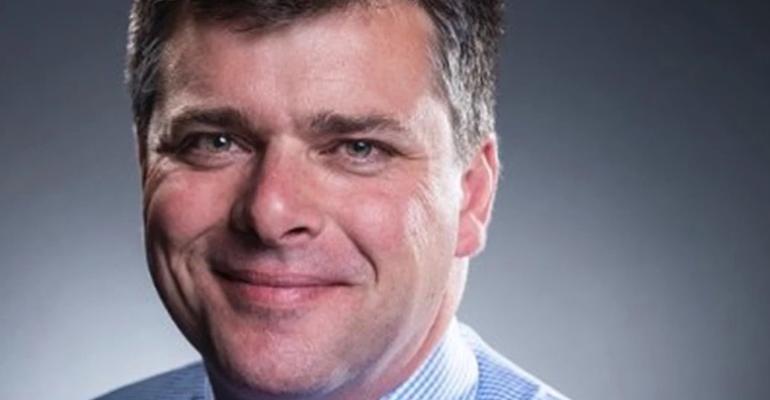In an interview with Seatrade Maritime News on the sidelines of Sea Asia 2023 Palmer comments, “Isn't it cool that Elon Musk and Jeff Bezos want to pour their fortunes into investing in our marketplace.”
Elon Musk’s SpaceX’s Starlink low earth orbit (LEO) constellation recently launched its maritime service causing a considerable stir in the sector, and Amazon founder Jeff Bezos is looking to launch a rival constellation Project Kuiper.
The investments come at time when maritime communications have seen an explosion in demand for connectivity and reliable networks with usage rates both for crew welfare and business applications more than doubling in an 18-month period. “It’s an exciting time because of the that growth and that demand,” Palmer says.
Inmarsat sees the reliability of connection from a resilient as key thing that customers are looking for rather than how it is delivered. Palmer noted that while competitors offer high level of maximum capability what really matters is “Does it work and is it going to give me what I need day in day out 365 days a year?”.
Inmarsat currently achieves this through backing up its Ka-band capability with L-band and Palmer says the next phase is to start integrating 5G capabilities through an LTE offering, as well as trials to develop a 5G mesh.
Inmarsat is continuing to upgrade its network and launched its first I-6 F1 satellite in late 2021, and I-6 F2 earlier this year, coming online this month and doubling capacity in the Asia – Pacific region. Five more satellites will be added by 2025.
Coming to an LEO constellation Palmer says, “We are considering and evaluating what role an LEO play might make within that, in addition to Ka-band, L-band, LTE, 5G mesh, because because we’d be foolish not to.” As yet no decision has been taken and Inmarsat is evaluating concepts.
On the recent power failure on Inmarsat’s I-4 F1 satellite Palmer says the priority was to get safety services back up and running for maritime and aviation, and then progressively bring back concentric layers of service. He admits that some customers were “pretty disappointed because they have come to rely on us”.
Looking ahead the moves to decarbonise shipping operations and move to alternative fuels, that come with a new set of safety challenges will drive a need for resilient communications.
“If we are going to start embracing methanol, hydrogen and ammonia, we're going to need a very different safety monitoring and transparency model, which is going to hinge on 24/7, reliable, resilient, communications and monitoring,” he explains. To facilitate this kind of monitoring combine applications such as crew communication will a differentiated, multi-layer communications pipe that offers different levels of service depending on how votal the services are.
This plays into a vision looking forward to 2025 where a renewed and more resilient GEO satellite constellation brings a significant uptick in global capacity and seamless connectivity.
“That we're actually in a position where we are basically saying, ‘You're at sea, you care about being connected, leave how to us’. And let's stop talking about bands and GEO think about us as your managed service provider,” Palmer concludes.
Copyright © 2024. All rights reserved. Seatrade, a trading name of Informa Markets (UK) Limited.
Add Seatrade Maritime News to your Google News feed.  |


